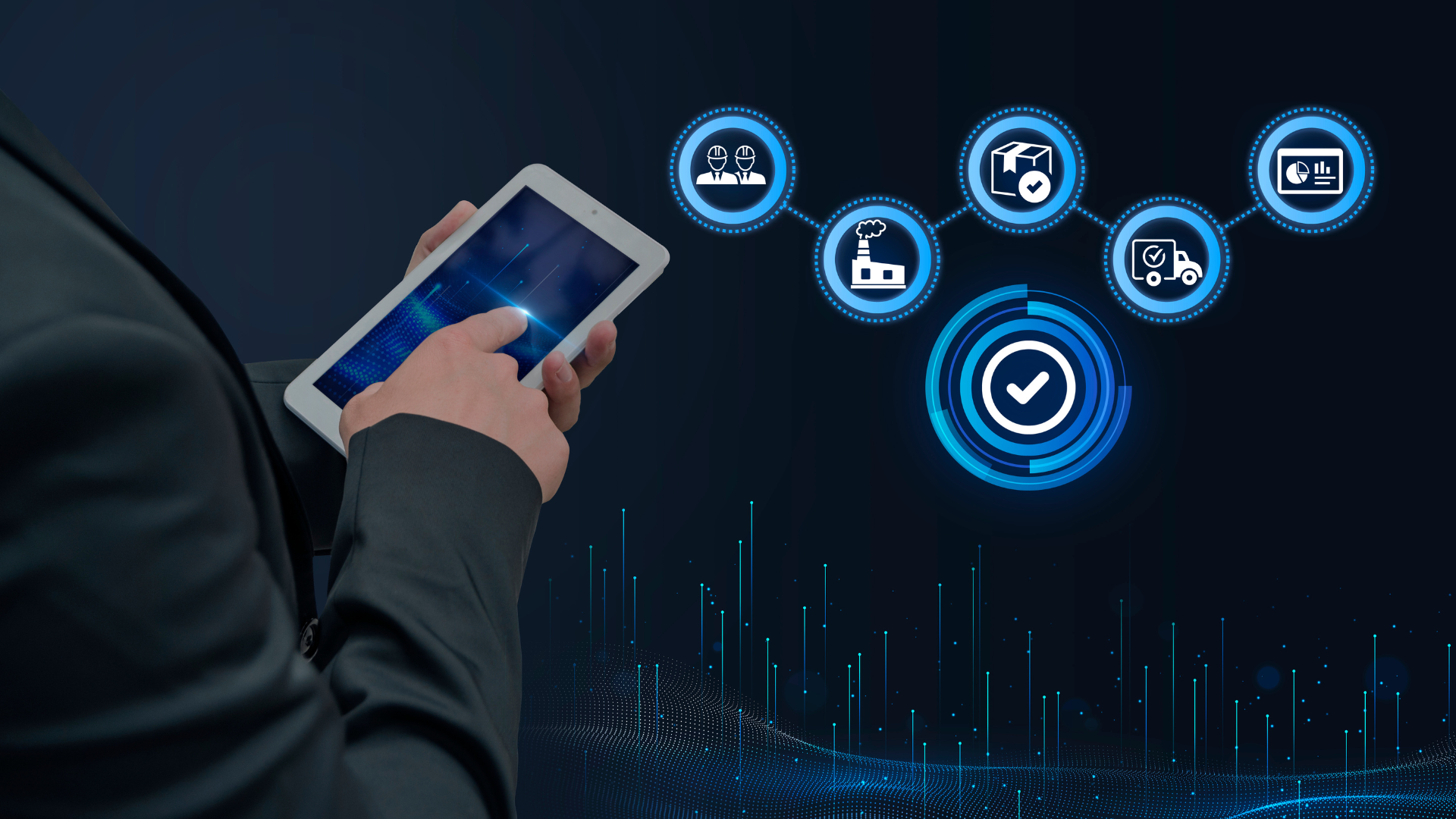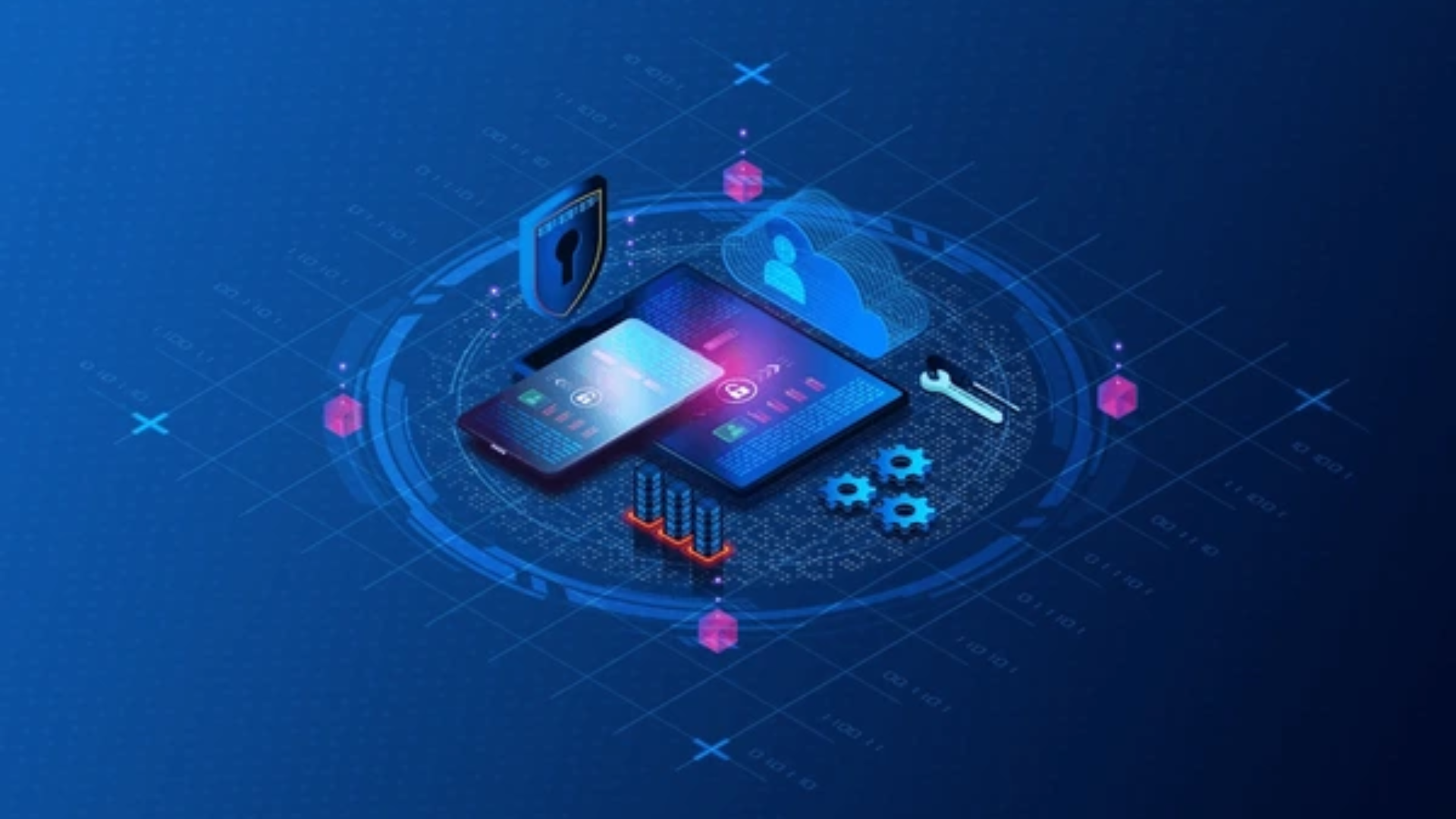Cyber threat management is vital in the modern remote working world. To effectively protect against these evolving dangers, organizations need advanced tactics for timely detection of the danger. One important weapon to fight against cyber threats is ‘cybersecurity analytics.’
This guide explains cybersecurity analytics, its goals, the data it analyzes, and how it protects businesses from cyber threats.
What is cybersecurity analytics?

At its core, cybersecurity analytics encompasses various approaches to securing digital environments. It involves the collection, analysis, and interpretation of data from various sources to identify and mitigate cyber threats effectively.
The primary objectives of cybersecurity analytics include threat detection, incident response, and risk assessment. Let’s break down these core objectives for a clearer understanding:
- Threat detection: Cyber attacks are becoming increasingly sophisticated, making it challenging to detect them in real-time. Cybersecurity analytics tools are designed to monitor network traffic, user behavioral analytics, and more. By identifying unusual patterns and anomalies, these tools can raise red flags, signaling potential threats.
- Incident response: When a security breach or cyberattack happens, swift action is crucial. Cybersecurity analytics can provide timely and invaluable information for a precise incident response. For example, the security teams can assess the scope and impact of an incident, isolate affected systems, and initiate on-point efforts promptly.
- Risk assessment: Cybersecurity analytics provide organizations with insights into their security status. By analyzing historical data and evaluating vulnerabilities, these tools help in identifying potential weak points in the digital infrastructure.
The 4 types of data analyzed in cybersecurity analytics
In cybersecurity analytics, data is the lifeblood that fuels insights and actions. By analyzing 5 main data types, organizations can gain a comprehensive view of their digital situation and pinpoint potential vulnerabilities and threats:
- Logs: Logs are akin to the digital footprints left by various system and network activities. They capture a wealth of information, including login attempts, file access, software installations, and more. It can reveal patterns of behavior that may indicate unauthorized access or malicious activities.
💡For instance, a sudden spike in failed login attempts might suggest a brute-force attack.
- Network traffic: The flow of data within an organization’s network is a constant river of information. Cybersecurity analytics tools monitor this data flow. They scrutinize the traffic patterns, looking for any out-of-place behaviors.
💡Unusual spikes in data transmission, communication with unfamiliar IP addresses, or unexpected data transfers can all signal malicious activity.
- User behavior: User behavioral analytics dive into how individuals access and interact with systems, applications, and data. By establishing baselines for typical user behavior, these tools can spot deviations that may indicate suspicious activity.
💡For instance, if an employee suddenly accesses sensitive files they have never interacted with before, it could raise a flag about a potential insider threat.
- Machine learning: Machine learning algorithms excel at sifting through enormous datasets to identify patterns, trends, and anomalies. They can discern subtle changes in user behavior or network traffic that might elude traditional rule-based systems.
💡For example, machine learning can detect evolving threats that do not fit known attack patterns, offering a proactive defense against novel cyberattacks.
- Data analytics tools: Cybersecurity analytics also involves leveraging specialized data analytics tools like Security Information Event Management (SIEM) systems, or general data sources like Google Analytics, Search Console, or Esevel. Using these tools, organizations can analyze data from different sources to get a complete view of their security situation.
The fusion of these data sources and analytical capabilities empowers organizations to proactively identify and respond to cyber threats. Whether it’s monitoring network traffic for signs of malicious activity or using machine learning to detect advanced threats, cybersecurity analytics has become an indispensable component of modern cybersecurity strategies.
How cybersecurity analytics can prevent cyberattacks
In the battle against cyber threats, the proactive use of analytics can be the difference between safeguarding sensitive data and experiencing a debilitating breach. Cybersecurity analytics, armed with its ability to analyze vast amounts of data in real-time, plays a pivotal role in preventing cyberattacks.
How could analytics act as a shield, preventing various forms of cyber threats?
Predictive analytics
One of the most compelling aspects of cybersecurity analytics is its predictive capabilities. Predictive analytics leverages historical data, machine learning algorithms, and statistical modeling to foresee potential cyber threats before they materialize.
For instance, by analyzing patterns in past attacks, predictive analytics can identify trends and anomalies that may indicate an impending threat. Organizations can then take preemptive action to fortify their defenses, patch vulnerabilities, and bolster security protocols.
Threat detection and response using analytics
Cyber threats are often stealthy, infiltrating an organization’s defenses undetected. Analytics tools, however, are potent in checking up on network traffic, user behavior, and system logs. When anomalies are detected, such as unusual data access or unauthorized login attempts, these tools trigger alerts, enabling security teams to launch a step-by-step investigation and mitigation process.
For example, In a financial institution, cybersecurity analytics might detect an employee’s unusual data access outside of working hours. This prompted an alert to the security team to discover the employee’s compromised account and lock down it to prevent further unauthorized access.
Real-time monitoring of evolving threats
Cyber threats are not static; they evolve continuously to bypass traditional security measures. Analytics tools, operating in real-time, can adapt to these evolving threats. By constantly monitoring network traffic, user activity, and system logs, they can identify emerging threats that exhibit novel behaviors or tactics. This agility allows organizations to stay ahead of cybercriminals, responding swiftly to new and unfamiliar attack vectors.
In May 2017, the world witnessed one of the most widespread and devastating cyberattacks, with a funny name, known as the WannaCry ransomware attack. You might not find this funny if The WannaCry ransomware encrypted files on your computers, demanding a ransom payment in Bitcoin in exchange for the decryption key.
The truth is Microsoft, with its potent Cybersecurity Analytics, had released a security patch to address this vulnerability months before the attack. However, many organizations felt short and didn’t apply the patch to any of their systems.
External threat intelligence
Cybersecurity analytics extends beyond an organization’s internal data sources. It can tap into external threat intelligence feeds, gathering information on the latest cyber threats, vulnerabilities, and attack tactics.
By integrating this external intelligence into their analytics systems, organizations gain a broader perspective on potential risks. Many organizations rely on specialized data services to collect, process, and integrate these diverse threat intelligence feeds into their existing cybersecurity infrastructure. This information arms them with insights into the tactics and tools that cybercriminals are currently employing, enabling them to proactively defend against these threats.
Here are some external threat intelligence you can source data from:
- Government Cybersecurity Agencies – For example, in Singapore, organizations can refer to resources from the Cyber Security Agency of Singapore (CSA).
- Information Sharing and Analysis Centers (ISACs) – Examples include the Financial Services ISAC (FS-ISAC) and the Healthcare ISAC (H-ISAC)
- Security Blogs and Forums – Staying informed about the latest cybersecurity trends and threats by following reputable security blogs, forums, and communities.
- And more
Compliance and regulatory support
Many industries are subject to stringent regulatory requirements governing data protection and cybersecurity. Cybersecurity analytics can assist organizations in achieving and maintaining regulatory compliance. By continuously monitoring and analyzing data, these tools help ensure that security measures align with regulatory standards. They can generate reports and audit trails that demonstrate compliance, reducing the risk of non-compliance penalties.
The power of cybersecurity analytics lies in its ability to transform data into actionable insights. It empowers organizations to identify, assess, and mitigate risks before they result in data breaches, financial losses, or reputational damage. By adopting a proactive stance with analytics, organizations can stay one step ahead of cyber threats, effectively safeguarding their digital assets and the trust of their customers.
Empowering SMBs in the remote-first era with cybersecurity analytics
In today’s remote-focused work environment, staying secure is a must. However, fast-growing SMBs might find security analytics an expensive hobby that could lead to a crash and burn.
To liberate SMB leaders from the burdens of IT concerns, enabling them to focus squarely on nurturing their businesses, Esevel provides a compact solution to their IT needs. From providing clients with door-to-door delivery of authentic devices as well as IT support to your distributed team to real-time monitoring of all your devices’ security status and application management in one dashboard, we can fortify your growth.

As remote work continues to reshape how we do business, cybersecurity and Esevel’s all-in-one IT solution are your keys to sound success. Contact us now to know more!







